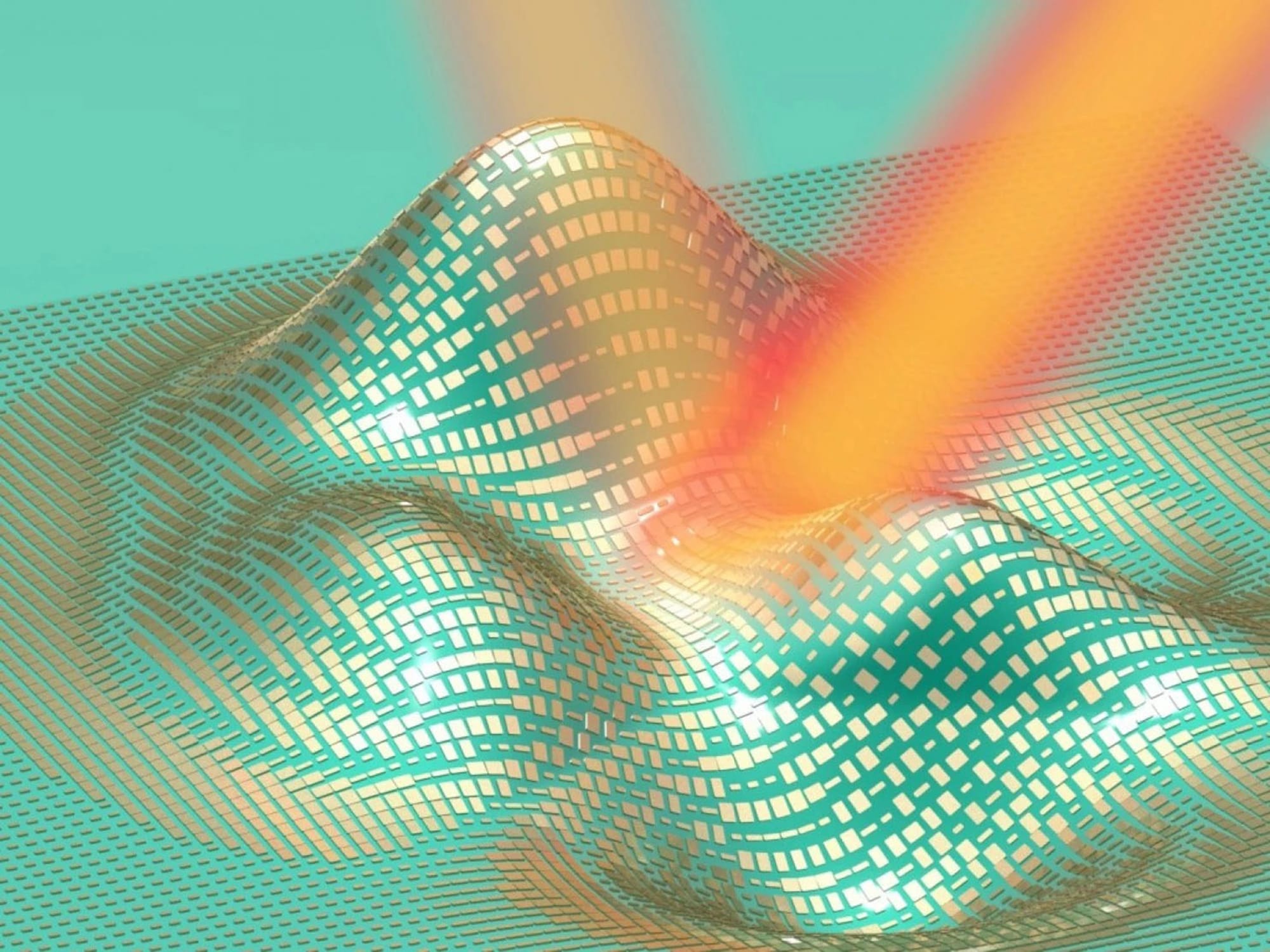We’re one step closer to Harry-Potter-style invisibility cloaks. In a study published recently in Science, researchers report the first ever success in cloaking 3-D objects regardless of their shape. Unfortunately, we’re not quite ready to grab our Maurader’s Map and go gallivanting around Hogwarts incognito. The new experiment is just a proof of concept for the technology — and it works on a very, very small scale. But the next time you need to make some microbes invisible, science has got you covered.
Unlike previous attempts at invisibility cloaks — which are a big ticket research item, especially for the military — this one is actually sort of cloak-like. Instead of a large apparatus that makes an object appear to disappear, this one is actually thin enough to wrap around the thing it’s hiding.
When you look at someone, you see them because your brain is able to interpret the way light is scattered by their face and body. The new cloak works by disrupting that ability.
Most cloaking devices in development work by funneling the light that would normally hit an object away from it. The new cloak changes the way the light scatters, creating the illusion of a surface as flat as a mirror instead of the actual object’s shape.
It accomplishes this using a thin layer of material, called a metasurface, made of magnesium fluoride, which is covered in millions of tiny golden antennae — each about 1/1000th the width of a human hair.
“Each antenna is designed to react with the light and scatter it back,” corresponding author Xiang Zhang, director of Berkeley Lab’s Materials Sciences Division, told The Washington Post. “They actually delay the light, delay the reflection, in such a way that every point of your face would reflect light as if from a flat surface, like a mirror.”
Zhang freely admits that there’s a lot of work to do before invisibility cloaks like his can be made useful.
For starters, they have to be scaled up. The cloak has only been used on objects the size of a few cells.
“I would say that there are no technological bottlenecks to scaling it up,” Zhang said. “The technology is there.”
Unfortunately, he said, it’s also very expensive. It wasn’t feasible for his team to try to make a big cloak this time around.
“It’s good enough, from a scientific point of view, as a proof of principle,” Zhang said of the study. “The rest is all engineering group.”
And while his team will now work on scaling up the technology, he suspects that others will scramble to beat them to it.
There’s another hurdle, too: Right now, the cloak has to be designed to match the object behind it. The cloak can adapt to any shape and make it look flat, but it can’t adapt to any background color or texture. If you wore the cloak, you’d have to stay perfectly still to keep from losing your invisibility.
Ideally, Zhang said, his team or another will be able to design cloaks that can be tuned like TVs, producing different illusions based on the background one needed to blend into.
“Basically, once you had the knowledge of the background, you could reconfigure it,” Zhang said. “That’s more engineering to figure out.”
Zhang stressed that he didn’t expect to see his work in a scaled-up product in the near future.
“This is an exciting scientific inspiration,” he said. I would consider this a big milestone in human imagination, making something disappear. But to take it to a practical application you still need a lot of hard work and creativity.”



